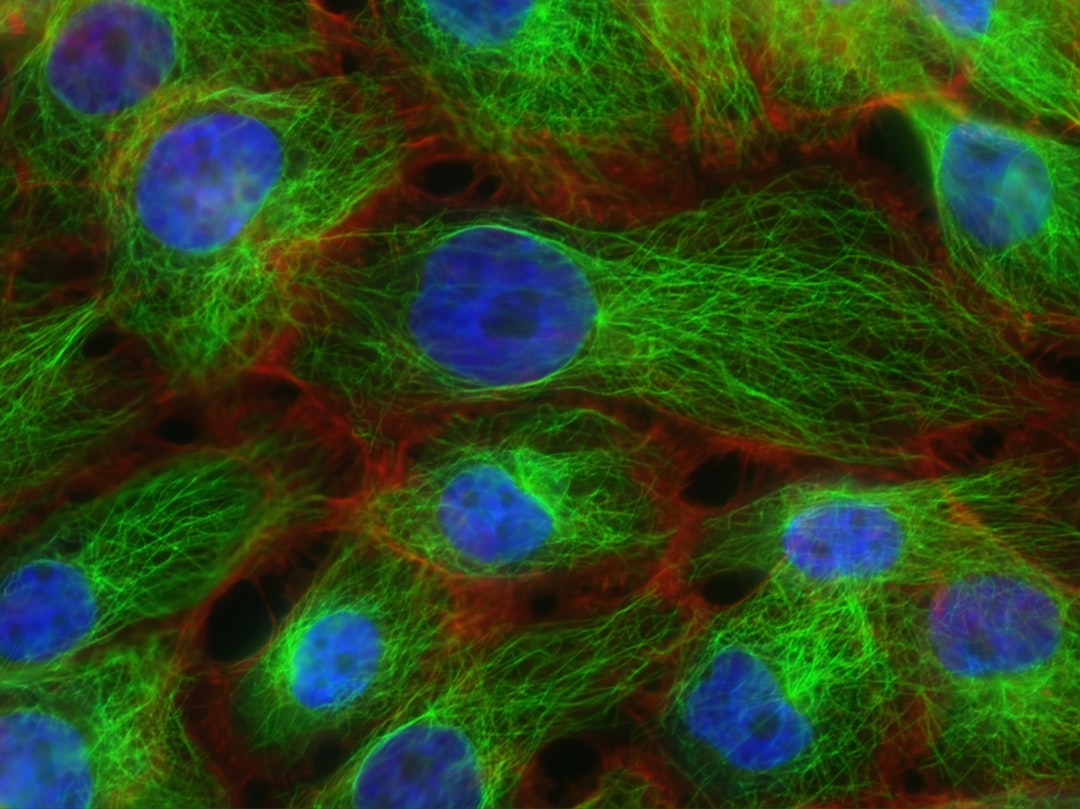What is it about?
This paper uses molecular level simulation to understand what happens to semi-crystalline polymers carrying a load when they are heated. It looks at two different polymers, poly(vinylidene fluoride) PVDF and polyethylene (PE). It finds that for both polymer types, at low applied force an actuation is observed due to entropy. However, for PVDF a second actuation mechanism is found for moderate applied force due to a transition between two stable conformations (arrangement of atoms within the molecule).
Featured Image

Photo by Eric BARBEAU on Unsplash
Why is it important?
It is important because it enables us to understand the physical properties of artificial muscles and predict what polymer will form the best actuator from its chemical structure.
Perspectives
This work was part of a larger project that included a wide range of disciplines from atomistic modelling (me) through to polymer science, engineering, textile designers, robotics and psychologists. It was very exciting to work with people from such a wide range of backgrounds.
Dr Charlie Wand
University of Exeter
Read the Original
This page is a summary of: Negative thermal expansion of poly(vinylidene fluoride) and polyethylene tie molecules: A molecular dynamics study, Journal of Polymer Science Part B Polymer Physics, July 2016, Wiley,
DOI: 10.1002/polb.24131.
You can read the full text:
Contributors
The following have contributed to this page










